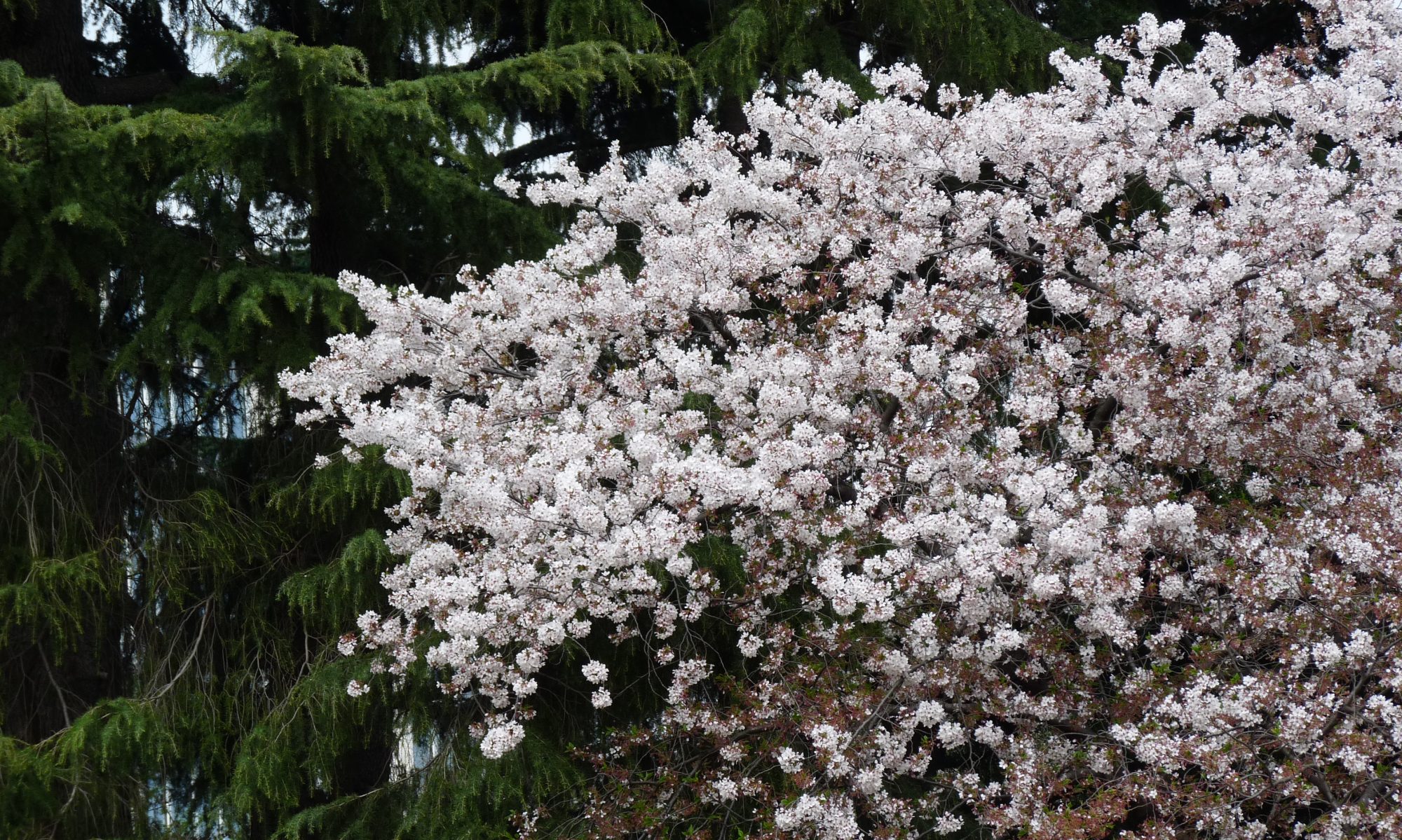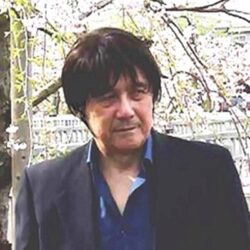*
Arrange the names of
“Ten Nyo-ze” and “Twelve In-Nen”
Next, although the purposes and
roles of “Twelve In-Nen” and
“Ten Nyo-ze” are different, their contents
are the same, so we will overlap and
arrange the names of Both. (Table Below)
When explaining the first ‘Three Nyo-ze’
of “Ten Nyo-ze”, this Arrangement Table
is necessary.
For example, when deciphering the
meaning of each name of ‘Three Nyo-ze’,
it is possible to decipher it from the
name of “Twelve In-Nen”.
(Area surrounded by a Red Frame)

When explaining the ‘Three Nyo-ze’,
it is done ‘Nyo-ze Main Body’ →
‘Nyo-ze Characteristic’ →
‘Nyo-ze Outer phase’
Next, when explaining the ‘Three Nyo-ze’,
it always should be done in the
following order.
① First, reveal the Nyo-ze Main Body,
② Next, reveal the Nyo-ze Characteristics,
③ Finally, reveal the Nyo-ze Outer phase.
This order is the opposite of the name’s
order of ‘Ten Nyo-ze’. (Table Below)
The name’s order of ‘Ten Nyo-ze’ is
Outer Phase, Characteristic, Main Body,
but the order when explaining is
Main Body → Characteristic →
Outer Phase.

Why does it become in this kind
of Order?
The reason is that “Ten Nyo-ze” is
an extremely Practical Law.
For instance, when you do something,
you first prepare your body, which is
your Main Body.
Next, from that prepared body, you will
emit Life Force, and also from there,
your Wisdom, which is the
‘Characteristic of your Mind‘ arises.
And by Wisdom, the phase of Good
Action (Outer Phase ) is created.
For instance, when you work,
unless you prepare your body first,
you cannot exert Good Wisdom.
Wisdom cannot be exerted from
a body that is exhausted and lethargic.
Therefore, you prepare your Body first.
Next, from that body, “Wisdom” and
“A Mind full of vitality” (Characteristic
of Mind) will arise.
Then the ‘Outer Phase’ of Good Actions,
that is, “Good Work”, will be achieved.
For these reasons, the Order of
Explanation becomes “Main Body →
Characteristic → Outer Phase.”
Explanation of ‘Nyo-ze Main Body’-
What is the Buddha’s “Main Body”?
Now, following the above Order,
let’s start with explaining the ‘Nyo-ze
Main Body‘.
The ‘Nyo-ze Main Body’ is the
“Main Body” with “Nyo-ze” attached,
so I will explain it in the sense of
“What is Buddha’s Main Body?”
In other words, the key point of issue
here is,
“What is Buddha living with, as his
Main Body?”
In conclusion, Buddha lives with the
“Law” as his Main Body.
This Law refers to ‘The Law of Origin
(Myō-Hō)’, but to be more specifically
speaking, Buddha lives with “The Law
that manages the Generation and
Disappearance of All Phenomena” as
his Main Body.
Question
However, according to “The Arrangement
Table of ‘Twelve In-Nen’ and ‘Ten Nyo-ze'”
you posted above, the Nyo-ze Main Body is
“‘Identification’, ‘Name and Color’,
‘Six Entrances’, ‘Touch’, ‘Feel’, ‘Life’,
‘Old Age and Death’“.
(The Red Frame in the Table Below)

These Seven Names “From ‘Identification’
to ‘Life’, ‘Old Age and Death'” all refer to
the Body.
In other words, ‘Identification’ is the first cell
that is produced, and when that cell divides
and the prototype of the body is formed,
it is ‘Name and Color’. When this ‘Name and
Color’ develops, the six sense organs are
formed, which is ‘Six Entrances’.
When the sense organs begin to function,
it is called ‘Touch’. When the sense organs
develop further and you can feel suffering
and pleasure, it is called ‘Feel’.
All these represent the “Body.”
Next, moving to the Future World, the Birth
of Life in the future world and live is called
‘Life’, and when the Body grows old and dies,
it is ‘Old and Death’.
Therefore, the above “7 Shi” (1) all represent
the “Body.”
(1) ‘Shi’ means Main Pillar and refers
to 12 names of “Twelve In-Nen”. In the
progress that a person’s life passes
through the past, present, and future,
the 12 names of “Twelve In-Nen” are
the stages that everyone is having in
common, so they are likened to the
“Main Pillars of a house”. And they are
called “12 Shi“.
Therefore, if we think from this, as shown
in “Twelve In-Nen” table above,
doesn’t Buddha set his own body as the
Main Body, just like our Main Body is our
own body ?
What do you mean “Buddha lives with the
‘Law’ as his Main Body.” that you say?
*
I have Another Question.
In your previous Article that explained
“Ten Nyo-ze”, you said, “The main body
must be the Same Kind.”
This is the part → Link
You gave the following Analogy as an
example:
“For example, the Main Body of a Calf
is the Parent Cow. It is not the Parent
Horse.
Even in the case of a company,
for example, the Main Body of
a Subsidiary (branch) of the Automobile
Company Ford is always the Parent
Company of Ford. It is not any other
Company.
In this way, “The Main Body must always
be of the Same Kind,” you said.

The two points I made above now,
namely
① The main body is the person’s Body
to the last.
② The main body must always be
the Same Kind.
What is the relationship between
these two points and what you say
about “Buddha lives with the ‘Law‘
as his Main Body”?
In a form that includes these
two points’ meanings, — that is,
in a form that satisfies the two
requirements,
can you explain well the meanings of
“Buddha lives with the ‘Law‘ as his
Main Body”?











Good ?V I should certainly pronounce, impressed with your site. I had no trouble navigating through all tabs as well as related information ended up being truly simple to do to access. I recently found what I hoped for before you know it in the least. Quite unusual. Is likely to appreciate it for those who add forums or anything, website theme . a tones way for your client to communicate. Nice task..